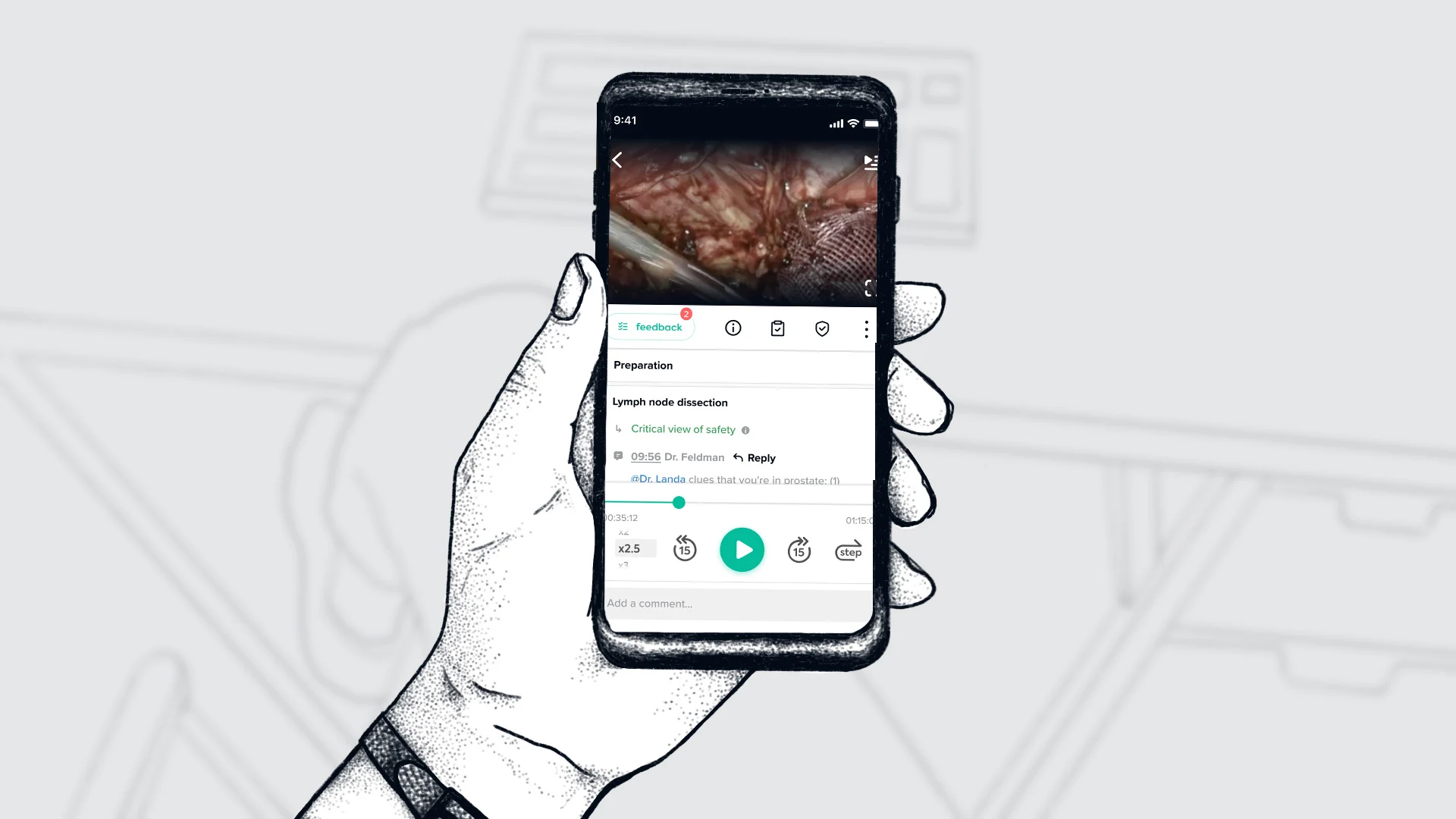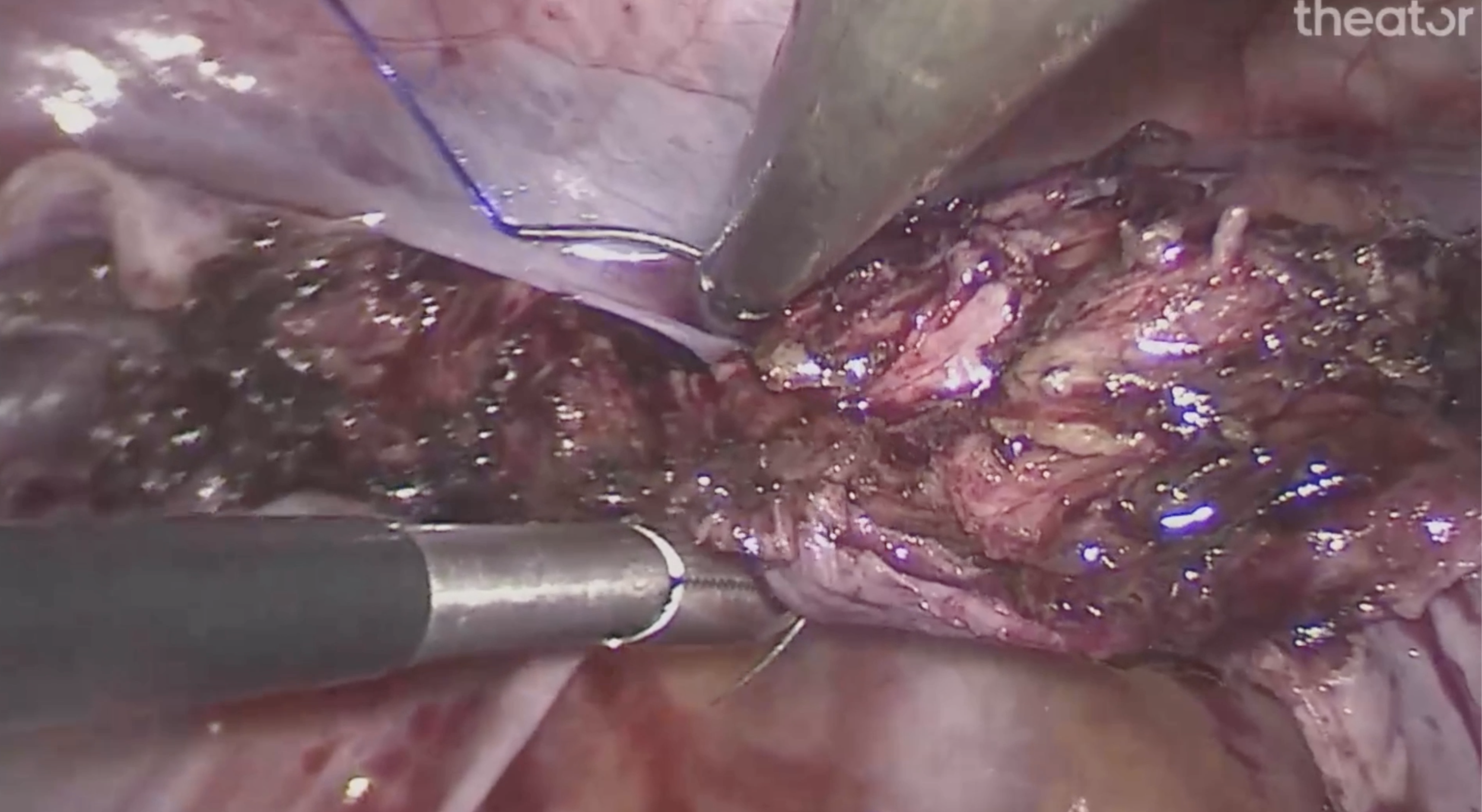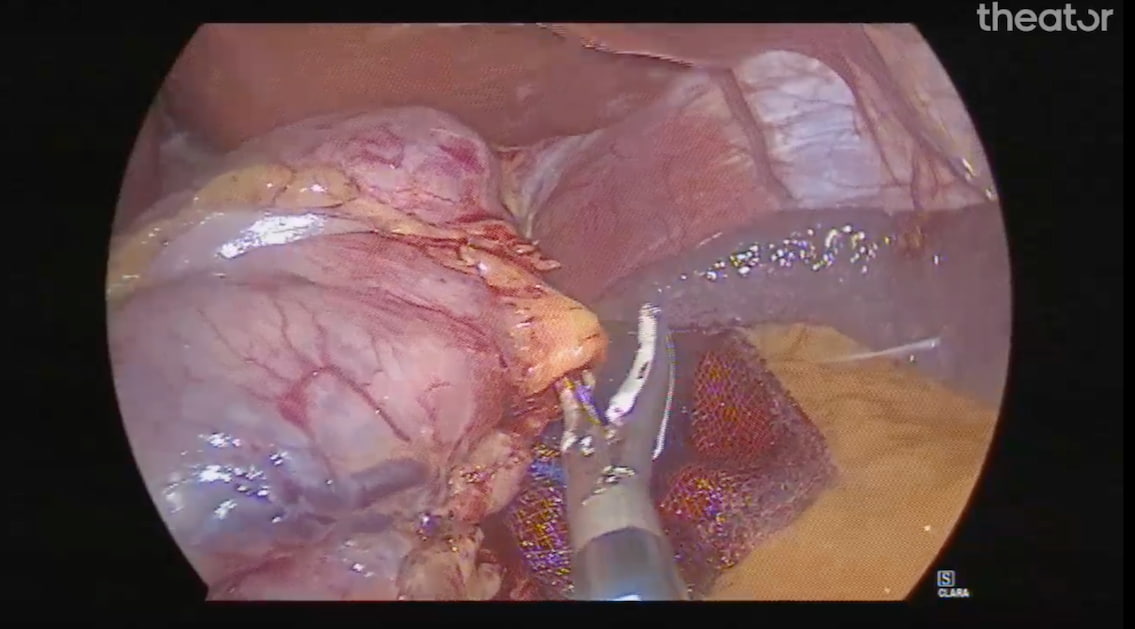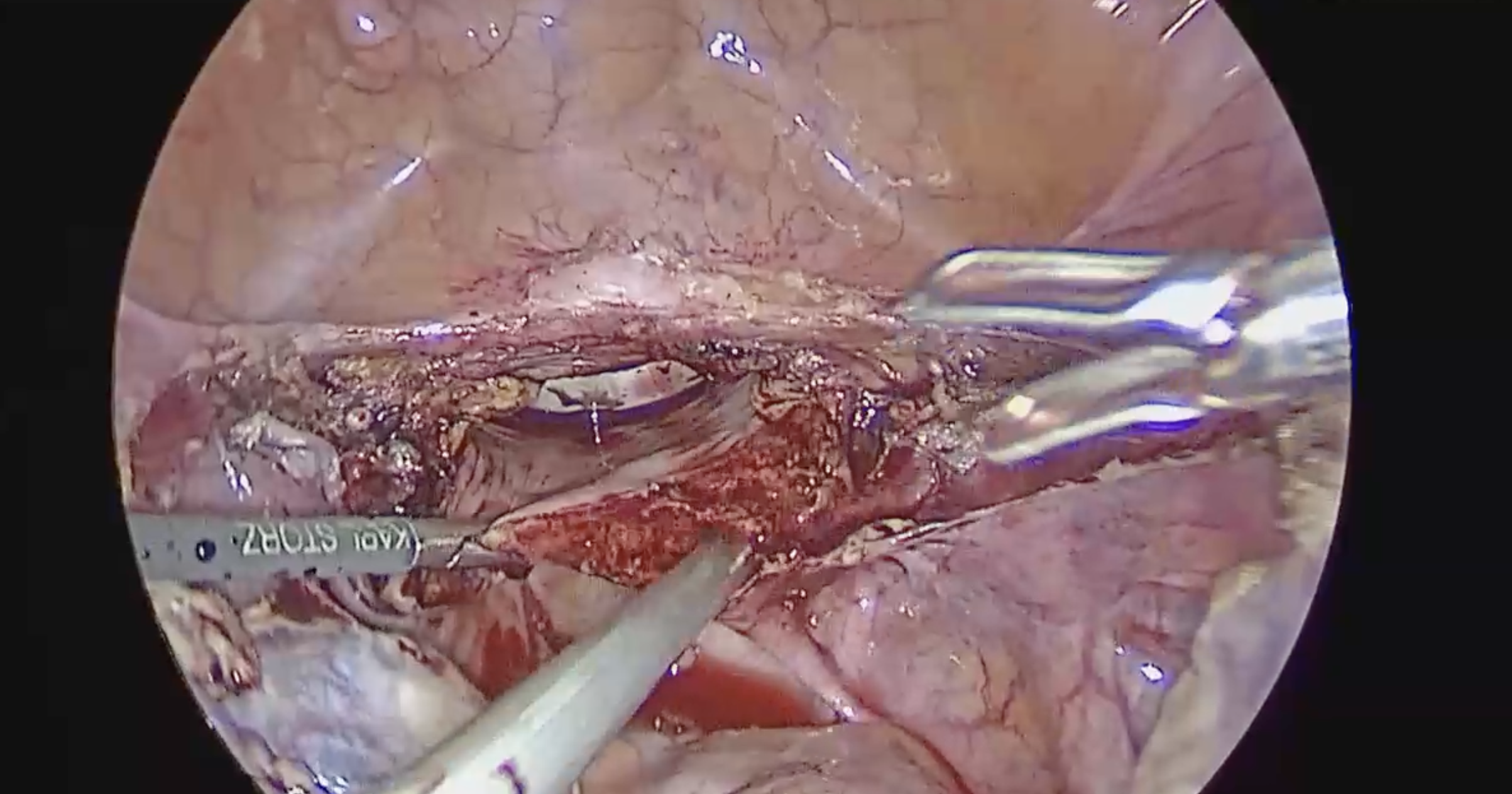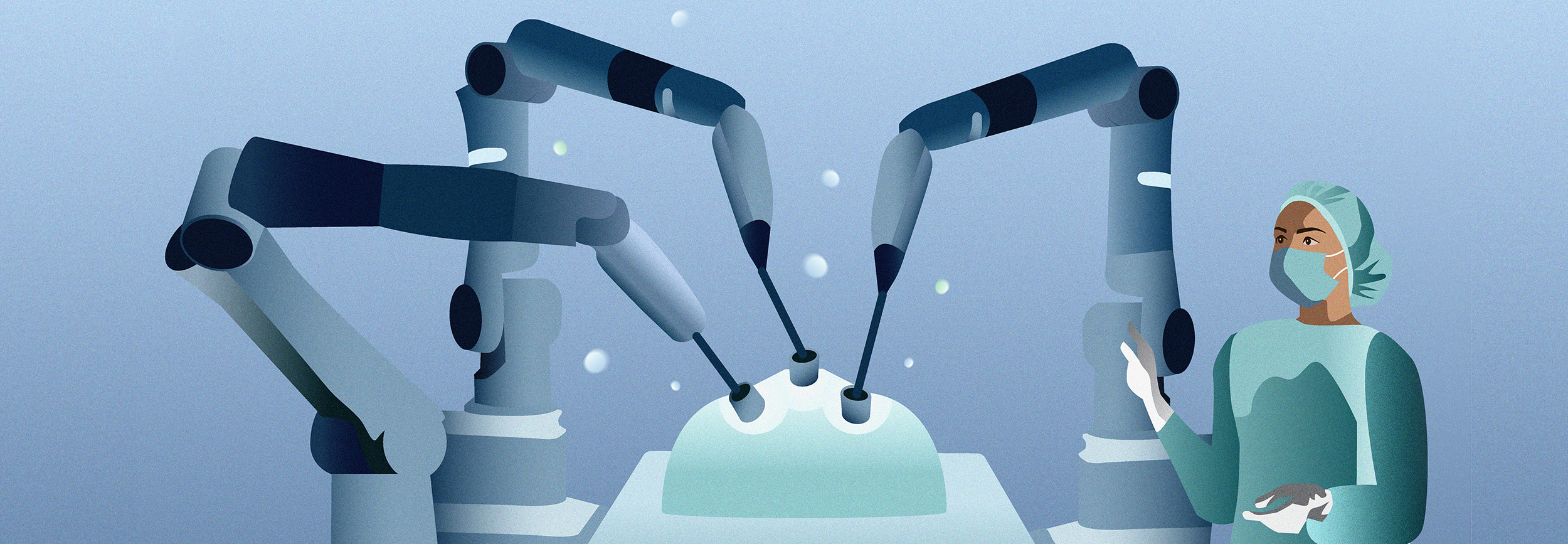Although the ultimate role of artificial intelligence (AI) in surgical care is still evolving, one thing is clear: AI is here to stay. The potential advantages AI tools offer to process large amounts of data and generate meaningful information that can improve patient outcomes means that its integration into surgical care has myriad potential benefits. Read on to learn what they are!
How Can AI Tools Be Integrated Into the OR?
To understand how AI technology can be used to improve patient care, it’s important to first understand how AI tools can be incorporated into current surgical workflows. Because the power of AI rests in its ability to rapidly process large data sets and produce reasoned output, data that is currently routinely being captured in ORs in the form of intraoperative video recordings can serve as the input for AI tools. These specially trained programs can then process this input and generate feedback for surgeons and OR staff to improve surgical workflow, technique, and quality.
The first step in generating useful information from surgical video recordings is teaching these AI tools to accurately identify the steps of a surgical procedure. Currently available technologies have already demonstrated the ability to perform this task in different surgeries. One study that analyzed the recognition of surgical steps in recordings of 619 totally extraperitoneal (TEP) inguinal hernia repairs found per-step identification accuracy to be as high as 94%. Another study demonstrated successful real-time annotation of two separate urologic procedures.
What’s Next for Surgical AI Technology?
Now that we know AI tools can identify surgical steps, how does this information benefit patient care? Here are just a few of the multiple ways this data can be harnessed.
Workflow Optimization
By accurately identifying surgical steps and segments of surgical procedures, AI tools can provide real time predictions of factors that affect OR workflow efficiency, such as the amount of time remaining in a case.
Accurate prediction of such metrics allows staff and anesthesiologists to better plan patient flow and make the best use of daily OR time, an especially valuable proposition in the dynamic environment of busy ORs. In difficult or complicated cases, AI technologies may someday even have the ability to trigger an alert for extra support or surgical backup based on variations noted in surgical segment identification.
Landmark Identification
Correct identification of anatomical landmarks during surgery is key to preventing medical errors. Just as AI tools are able to accurately recognize surgical segments, they can also assist with identification of critical anatomical structures. By doing so, this augmented technology can aid with reducing misidentification and enhance patient safety.
One example of this technology in action is the use of an AI tool to identify the Critical View of Safety during laparoscopic cholecystectomy, a widely agreed upon surgical best practice. After training on 2,000 surgical videos, this technology was able to achieve 84% accuracy in detecting the Critical View of Safety.
Clinical Decision Support
A natural extension of the ability of AI tools to mark surgical segments and identify landmarks is the processing of this data to offer real time intraoperative feedback and guidance to surgeons. Based on anatomical data, AI technology may be able to provide updated predictions of surgical risk that augment those done preoperatively based on patient characteristics and risk factors alone.
Furthermore, the ability of AI tools to predict next surgical steps means they can offer suggestions on how to proceed based on their previously programmed data. This feature may be especially valuable for trainees who require additional guidance until they reach a sufficient experience level.
Operative Report Creation
Operative reports are a necessary part of surgical care. However, they are also a task that takes physicians away from patient care, and they do not always accurately reflect each step that took place during a procedure. This often makes them less than useful as both a medical-legal document and a learning tool.
Given the ability of AI tools to track surgical segments, it follows that these documented steps can then be compiled into an accurate and timely operative report. One study of this technology found that an AI tool reproduced major components of operative reports 91% of the time across 117 cases. This holds great promise for both reducing physician administrative burden and improving surgical transparency.
The Future of Surgical AI Tools
By processing and analyzing intraoperative video recordings, AI tools can assist in detection of anatomical landmarks, achievement of surgical best practices, and real time clinical decision making, operative report generation, and maintenance of an optimal workflow. However, this is just the tip of the iceberg in terms of what AI is likely to bring to future surgical care. By augmenting the knowledge and experience of trained physicians with the power of large data sets, technologies such as these are poised to improve quality of care, patient safety, and clinical outcomes.


